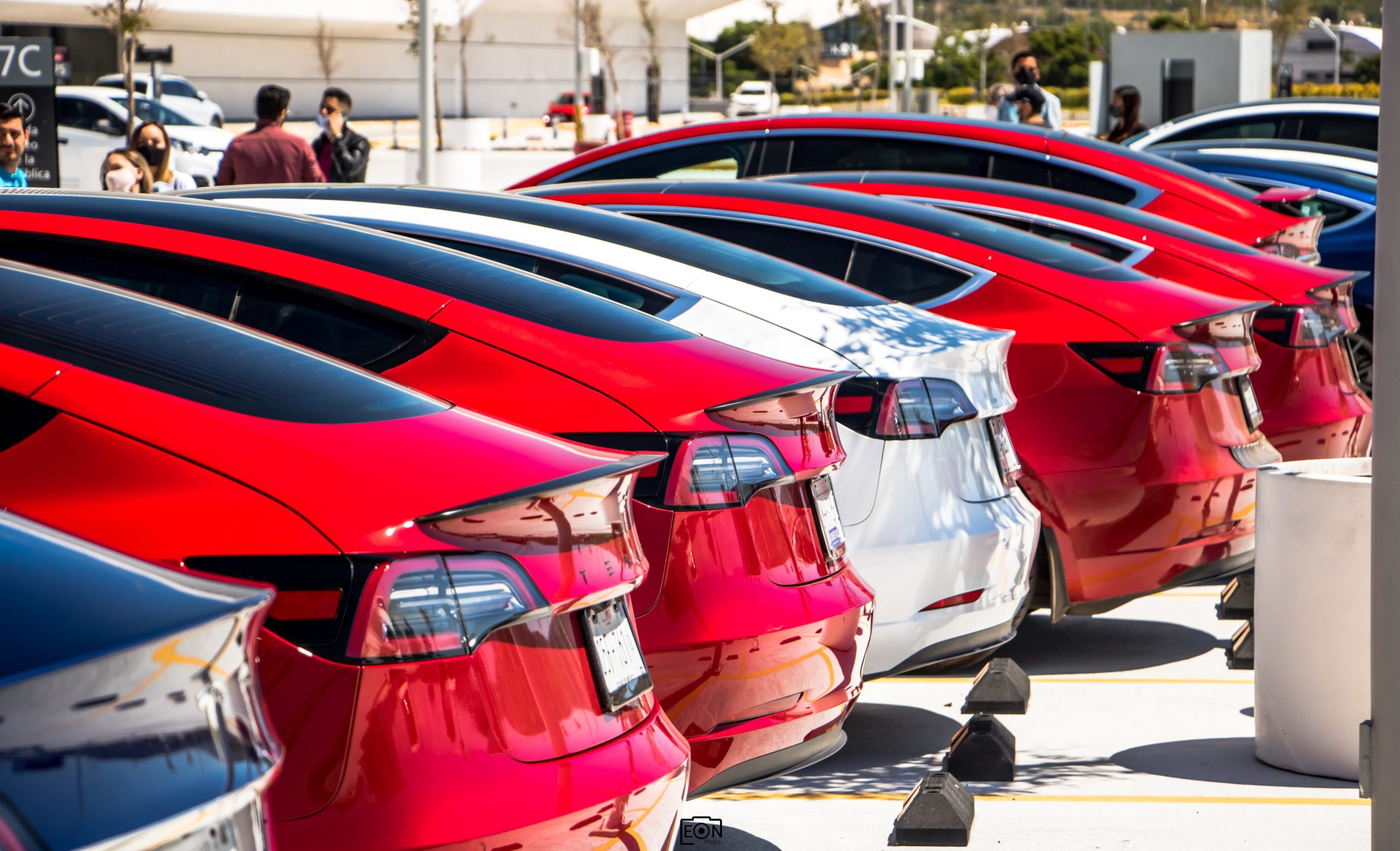
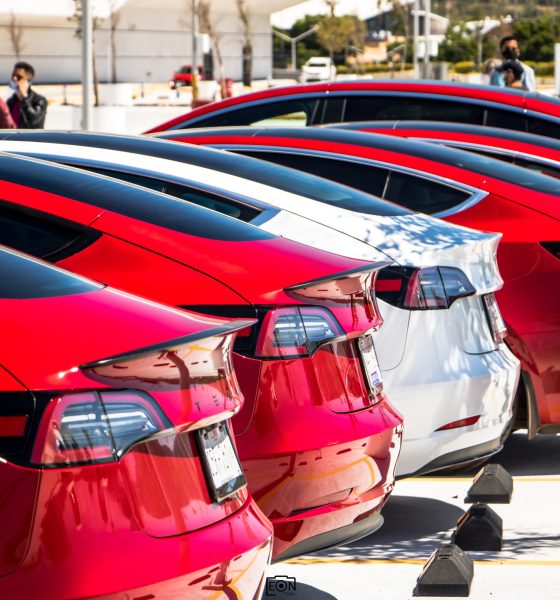
News
Tesla is about to make producing 1 million EVs per year unremarkable
It’s a bit amazing that just over two years ago, Tesla was struggling to hit a production rate of 5,000 Model 3 per week at the Fremont Factory. The target, which proved elusive enough to warrant extreme attention from TSLA short-sellers, was achieved at the end of Q2 2018, six months behind the company’s initial schedule. Over the course of 2018, Tesla delivered a whopping 245,240 cars, a new record for the company.
Since then, Tesla has steadily ramped its vehicle production capabilities, and today, the company is aiming to deliver around half a million electric cars by the end of the year. That’s despite a pandemic that has shaken the world, which has resulted in shutdowns in Tesla’s two production facilities, the Fremont Factory and Gigafactory Shanghai. Giga Shanghai is only in its first year of operations too and is not yet fully ramped.
But Tesla, if any, is a beast of optimism and possibility. It’s the one carmaker that is still growing strong during a pandemic, and its vehicles, particularly the Model 3 sedan and the Model Y crossover, are seeing strong demand from consumers. With this in mind, Tesla has noted that it intends to ramp its vehicle production capabilities to the millions within the next years. It would not be surprising at all if the company announces that it would be producing and delivering 1 million cars by next year.
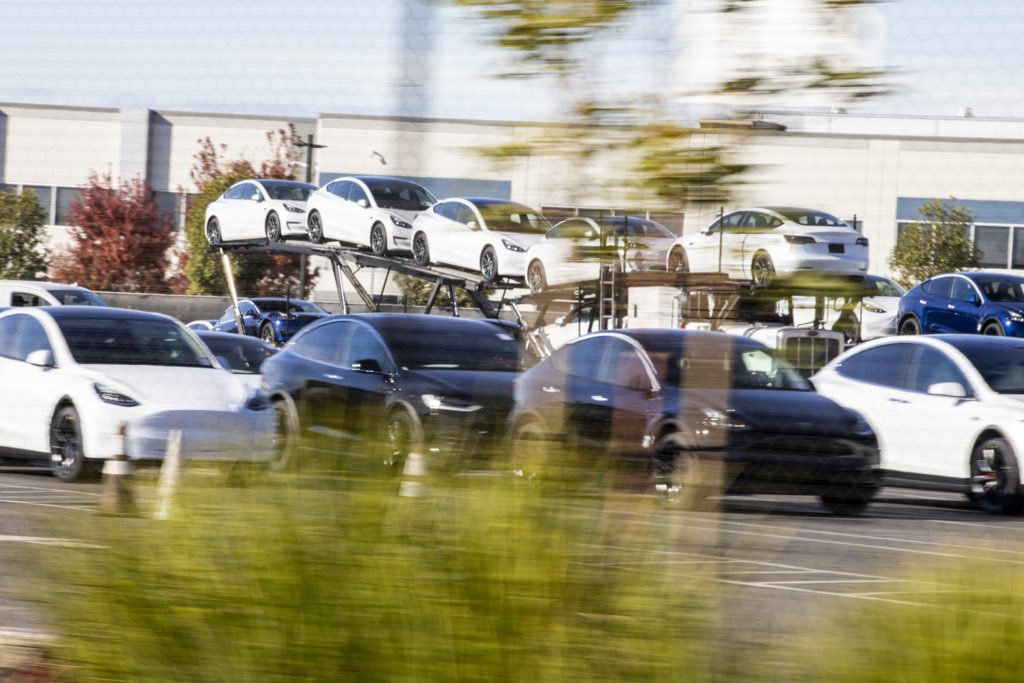
Such an idea might sound implausible now, but so was the idea of pursuing a delivery goal of 500,000 vehicles in a year that’s weighed down by a pandemic.
What is rather noteworthy is that over the years, Tesla has steadily established itself as a capable automaker that has what it takes to deliver on its goals. The company may not always be on time and it may hit snags with the build quality of its first-production vehicles, but it does stay true to its word. The same is true for Elon Musk. FSD may have been delayed for some time, for example, but the limited beta that’s testing today is very real, and its potentials are vast.
With these milestones comes a normalcy of sorts for Tesla. While the company made headlines when it first broke the 5,000 Model 3 per week barrier, for example, such things are simply unremarkable today. And that’s really where Tesla’s magic lies. The company simply has the capability to make something remarkable seem normal. This was true with regards to the public’s perception of the power and capabilities of electric cars against their gas-powered rivals. This will likely be true when it comes to vehicle production capabilities as well.
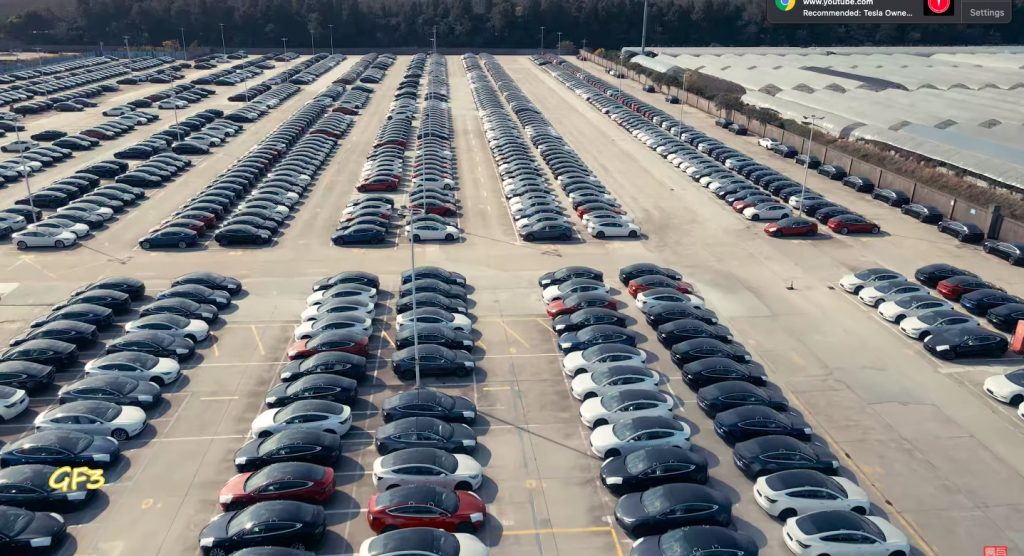
This is already starting for the electric car maker. Just recently, data from the Chinese Passenger Car Association (CPCA) revealed that Tesla China was able to produce 22,292 Model 3 in Gigafactory Shanghai in the month of October. This translates to a run-rate of 275,148 vehicles per year. Interestingly enough, leaks from industry insiders have suggested that Tesla China is aiming to produce 550,000 cars in 2021, with 300,000 of those being the Model 3.
Considering Tesla China’s October production figures, it would appear that the company is already well within striking distance of its 2021 Model 3 production goal. It wouldn’t be surprising if Tesla hits a run-rate of 300,000 China-made Model 3s by the end of the year, and it would be quite silly to assume that the company would stop optimizing Gigafactory Shanghai at that level.
If Gigafactory Shanghai can build 550,000 cars in 2021, Tesla would have a pretty solid chance of producing 1 million vehicles in one year. This would no doubt be a milestone for the company. But if Tesla’s previous years are any indication, it would only take a few years before vehicle production rates in the level of millions will be considered expected, or even better, unremarkable. Once that happens, then one could probably declare that the electric car age is truly beginning.

News
Tesla Europe rolls out FSD ride-alongs in the Netherlands’ holiday campaign
The festive event series comes amid Tesla’s ongoing push for regulatory approval of FSD across Europe.

Tesla Europe has announced that its “Future Holidays” campaign will feature Full Self-Driving (Supervised) ride-along experiences in the Netherlands.
The festive event series comes amid Tesla’s ongoing push for regulatory approval of FSD across Europe.
The Holiday program was announced by Tesla Europe & Middle East in a post on X. “Come get in the spirit with us. Featuring Caraoke, FSD Supervised ride-along experiences, holiday light shows with our S3XY lineup & more,” the company wrote in its post on X.
Per the program’s official website, fun activities will include Caraoke sessions and light shows with the S3XY vehicle lineup. It appears that Optimus will also be making an appearance at the events. Tesla even noted that the humanoid robot will be in “full party spirit,” so things might indeed be quite fun.
“This season, we’re introducing you to the fun of the future. Register for our holiday events to meet our robots, see if you can spot the Bot to win prizes, and check out our selection of exclusive merchandise and limited-edition gifts. Discover Tesla activities near you and discover what makes the future so festive,” Tesla wrote on its official website.
This announcement aligns with Tesla’s accelerating FSD efforts in Europe, where supervised ride-alongs could help demonstrate the tech to regulators and customers. The Netherlands, with its urban traffic and progressive EV policies, could serve as an ideal and valuable testing ground for FSD.
Tesla is currently hard at work pushing for the rollout of FSD to several European countries. Tesla has received approval to operate 19 FSD test vehicles on Spain’s roads, though this number could increase as the program develops. As per the Dirección General de Tráfico (DGT), Tesla would be able to operate its FSD fleet on any national route across Spain. Recent job openings also hint at Tesla starting FSD tests in Austria. Apart from this, the company is also holding FSD demonstrations in Germany, France, and Italy.
News
Tesla sees sharp November rebound in China as Model Y demand surges
New data from the China Passenger Car Association (CPCA) shows a 9.95% year-on-year increase and a 40.98% jump month-over-month.
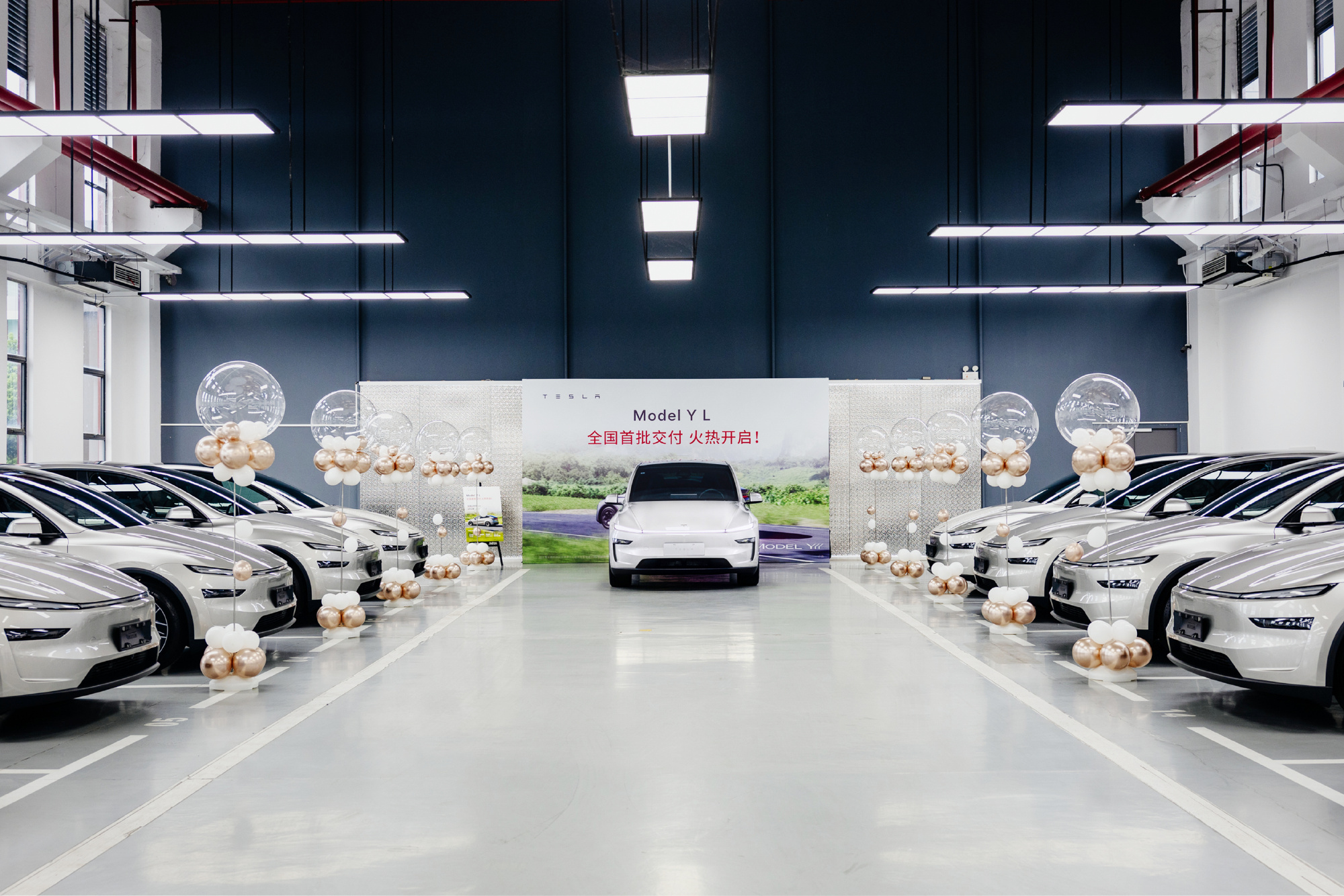
Tesla’s sales momentum in China strengthened in November, with wholesale volumes rising to 86,700 units, reversing a slowdown seen in October.
New data from the China Passenger Car Association (CPCA) shows a 9.95% year-on-year increase and a 40.98% jump month-over-month. This was partly driven by tightened delivery windows, targeted marketing, and buyers moving to secure vehicles before changes to national purchase tax incentives take effect.
Tesla’s November rebound coincided with a noticeable spike in Model Y interest across China. Delivery wait times extended multiple times over the month, jumping from an initial 2–5 weeks to estimated handovers in January and February 2026 for most five-seat variants. Only the six-seat Model Y L kept its 4–8 week estimated delivery timeframe.
The company amplified these delivery updates across its Chinese social media channels, urging buyers to lock in orders early to secure 2025 delivery slots and preserve eligibility for current purchase tax incentives, as noted in a CNEV Post report. Tesla also highlighted that new inventory-built Model Y units were available for customers seeking guaranteed handovers before December 31.
This combination of urgency marketing and genuine supply-demand pressure seemed to have helped boost November’s volumes, stabilizing what had been a year marked by several months of year-over-year declines.
For the January–November period, Tesla China recorded 754,561 wholesale units, an 8.30% decline compared to the same period last year. The company’s Shanghai Gigafactory continues to operate as both a domestic production base and a major global export hub, building the Model 3 and Model Y for markets across Asia, Europe, and the Middle East, among other territories.
Investor's Corner
Tesla bear gets blunt with beliefs over company valuation
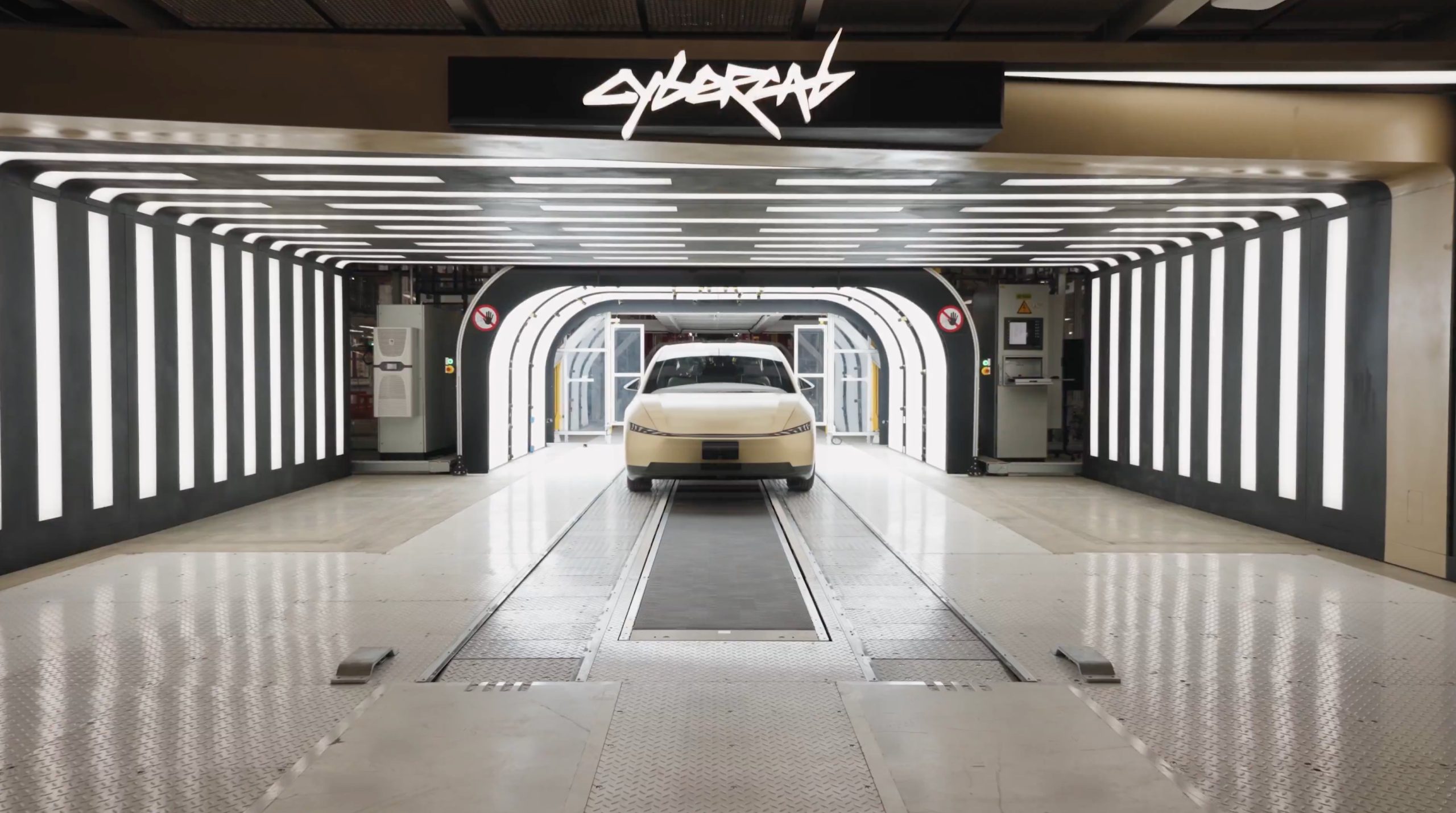
Tesla bear Michael Burry got blunt with his beliefs over the company’s valuation, which he called “ridiculously overvalued” in a newsletter to subscribers this past weekend.
“Tesla’s market capitalization is ridiculously overvalued today and has been for a good long time,” Burry, who was the inspiration for the movie The Big Short, and was portrayed by Christian Bale.
Burry went on to say, “As an aside, the Elon cult was all-in on electric cars until competition showed up, then all-in on autonomous driving until competition showed up, and now is all-in on robots — until competition shows up.”
Tesla bear Michael Burry ditches bet against $TSLA, says ‘media inflated’ the situation
For a long time, Burry has been skeptical of Tesla, its stock, and its CEO, Elon Musk, even placing a $530 million bet against shares several years ago. Eventually, Burry’s short position extended to other supporters of the company, including ARK Invest.
Tesla has long drawn skepticism from investors and more traditional analysts, who believe its valuation is overblown. However, the company is not traded as a traditional stock, something that other Wall Street firms have recognized.
While many believe the company has some serious pull as an automaker, an identity that helped it reach the valuation it has, Tesla has more than transformed into a robotics, AI, and self-driving play, pulling itself into the realm of some of the most recognizable stocks in tech.
Burry’s Scion Asset Management has put its money where its mouth is against Tesla stock on several occasions, but the firm has not yielded positive results, as shares have increased in value since 2020 by over 115 percent. The firm closed in May.
In 2020, it launched its short position, but by October 2021, it had ditched that position.
Tesla has had a tumultuous year on Wall Street, dipping significantly to around the $220 mark at one point. However, it rebounded significantly in September, climbing back up to the $400 region, as it currently trades at around $430.
It closed at $430.14 on Monday.









